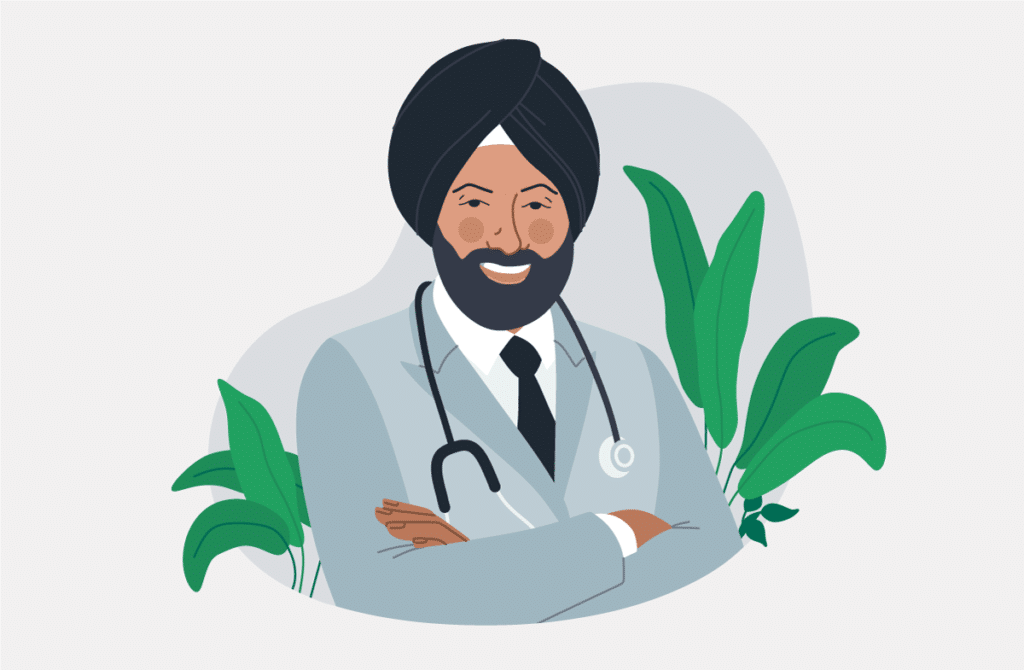This is a guest post written by Martin Feckie.
Uber’s Customer Satisfaction Model
In recent years, we’ve seen an explosion in social media. News is no longer consumed via newspapers and other traditional means. Almost everyone carries a mobile phone and we’re in constant contact with a myriad of people, most who we barely know. Whole industries are being severely disrupted by new entrants into the market.
A good example is the taxi industry, which is in free-fall as a result of the emergence of Uber. In the past such industries turned to legislators to square up the competition, but even they have been unable to keep pace and there remains many unanswered questions about how to deal with this decentralised service.
When Uber burst onto the scene, the traditional players viewed them with mild curiosity and paid little attention. The taxi industry had a stranglehold on licensing, with drivers paying in excess of $500,000 for a taxi license. In that context, it’s easy to imagine that this new player couldn’t touch them. As we know now, they were sorely mistaken.
So what was so compelling that passengers became instant converts to Uber? Sure, the service is slightly cheaper. Not having to call a taxi dispatch centre is also very convenient, so too is never having to pull out your wallet. These are all benefits, however, they’re not the benefits that drive loyalty.
We’ve all hopped in a taxi and had a bad experience. Most often the driver doesn’t want to be there. Sometimes it’s clear in their shortness of tone. Other times in the way they sharply accelerate and thump on the brakes. On a rare occasion we get the works; tailgating, horn honking, rapid lane changing. Is it this experience that has put us off taxis? Maybe. Or maybe it’s that collectively we’re all tired of feeling like a number. We’re tired of feeling like we’re putting a taxi driver out. We’re tired of not being valued.
This is what Uber understood. Their model positioned customer satisfaction first and foremost by allowing passengers to review drivers, and banning drivers who fell beneath a particular star rating. Suddenly drivers cared again. They didn’t just start providing free mints and waters. They smiled and they started conversations and they wished passengers well. They treated us like humans.
The future, for Uber drivers, however is far from rosy. Though they have brought the care and passenger attention that has made the service such a stunning success, for the executives at Uber, drivers are not part of their future model. Uber are investing large amounts of time, money and resource into advancing driverless vehicles. The drivers that helped create the success will be out of the picture and the service will lose that personal touch.
The Importance of Continuity of Care
So, what does this have to do with medical clinics? It may seem at first glance that there are no parallels between Uber and a GP clinic. But I encourage you to think again. As health care professionals we have the chance, right now, to take control of the direction of our industry. We can become more patient focused, more flexible and more caring, before we are replaced by a service that cares more.
Whilst the idea of a regular, personal GP may seem like a quaint notion, I would argue that now more than ever this is what we need. Instinctively, you may assume patients want speed and convenience above all else. If that’s what you guessed, you’re not alone. It’s hard not to see things like this when every industry appears to be in a race to the bottom – cutting costs and time and human interaction. However, a great deal of research into continuity of care tells us a very different story.
What has been found in study after study is that patients value interpersonal continuity of care more than ever. This is distinct from longitudinal continuity (visiting the same practice) and informational continuity (patient information being readily available to the healthcare professional).
We hear much from the government about the Personally Controlled Electronic Health Record. This represents a great step towards information continuity and helps lay the foundations for avoiding information loss, particularly at the handover between hospitals and GP’s. Informational continuity can be seen as a foundation for higher levels of continuity, but it’s certainly not a substitute.
Interpersonal continuity is a trusting relationship, built over time in which the doctor feels a personal responsibly for ensuring the patient is in the best health they can be. In response, the patient feels cared for and is much more likely to share important information and to accept treatment plans that they may have otherwise disregarded.
The fact is, people want to feel cared for and this is not something that happens in a single visit. It’s also not something that comes from a single person, like a GP. Every person working in your practice has the ability to make or ruin a patient’s day. A simple thoughtless act like giving a ringing phone priority over the person in front of you sends a powerful message that they are not a high priority.
The One Visit Patient Model
The tricky thing to all of this is how to provide patients with the highest degree of care, whilst also attracting new faces to your clinic. On the surface, the most effective way appears to be listing your clinic on some directory. It makes sense, right? We’ve seen a uprising in doctor finding / booking directories and apps. Services that make ‘speed’ and ‘convenience’ the number one priority. It seems like a good fit on the surface but when you dig in you start to see that such services are factories for transactional care. They encourage patients who want to see someone quickly, generally for a simple problem — sore throats, medical certificates and sprained ankles — to see the first available doctor, whether it be at your clinic or the one down the road.
The research literature highlights the inherently unsatisfactory nature of such one-off visits. There is little trust between the GP and the patient. The patient feels like a number and has no expectation of an ongoing relationship. Next time around they’ll see someone new and start over. Such low-trust encounters not only discourage patients from returning to the same GP, but they also lower the likelihood of the patient following a treatment plan or actioning advice provided.
Long running relationships, on the other hand, build cooperative behaviours based on trust. The doctor constructs a more complete picture of the patient and gets to know what makes them tick. From here they can adjust their communication style to best suit the needs of the individual.
Other benefits of interpersonal continuity of care have have been repeatedly demonstrated. Diabetic patients have better glycemic control… patients with newly diagnosed cardiac risk factors have fewer complications and are less likely to be hospitalised… patients are less likely to miss follow-up appointments… the list goes on.
So while getting your facility listed on a directory may seem tempting and obvious, like most things in life, the quick path is rarely the most sustainable. 10 new patients you pay a third party for referring, who never come back, is worth far less to your business than 3 patients who visit your practice four times a year, year upon year. That value is not purely financial either. Return patients mean you get to know the faces in your clinic and forge true relationships with your patients who in turn know they are being provided the best possible care.
So what keeps patients coming back? I’m pretty sure by this point you know the answer. It is of course feeling cared for. We have all experienced moments of kindness. A moment when someone gives us their time and takes a genuine interest in us. Moments when we feel valued. Those experiences are powerful, memorable and strongly influence our behaviour going forward. That’s important because when we feel cared for we’re much more likely to wait an extra day to see our own GP for some minor but important issue. This means trust can be built and better care can be provided.
The HotDoc Model
But how do we achieve this without disappearing in the whitewash of directories who are simultaneously spruiking hundreds of clinics?
HotDoc is a company that gained my attention because of their different approach to continuity of care. You see HotDoc, from the very beginning, made a commitment to put clinics and their patients at the centre of the experience. It’s what attracted me to work with the company in the first place. Although we strive to solve complex problems with technology, we take pride in doing everything we can to avoid intruding on the relationship you have with your patients. This is why we’ve never been prepared to be a company built on new patient acquisitions with no incentive to keep your existing patients coming back.
It’s why we build products that make following up with patients easier and more effective. It’s why we help you keep patients informed on the health initiatives available to them as individuals. And it’s why we made it possible for patients to request repeat prescriptions, and book an appointment at your practice, online. Because all these services help you better connect with your patients so you can provide them with the best possible health care.



